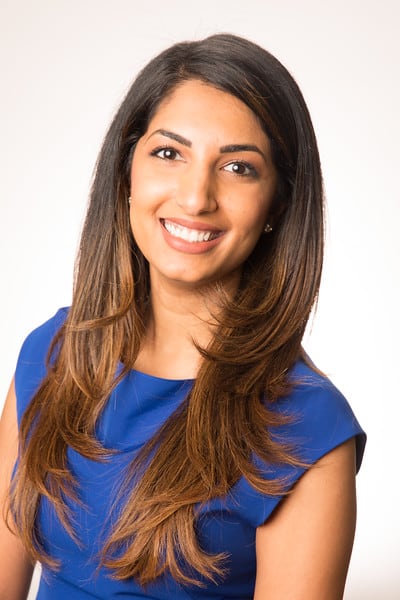Eye doctors can use vision therapy to strengthen the brain-eye connection to help improve vision in children and adults, and can serve as part of the treatment for several eye conditions.
You may be able to find eye exercises online that you can do at home, but it’s important to consult your optometrist because vision therapy isn’t a one-size-fits-all treatment. It’s typically custom developed for each patient’s vision needs. So, what works for one individual may not be ideal for another.
What Is Vision Therapy?
Vision therapy is a guided, customized treatment plan designed to improve vision affected by conditions like amblyopia (lazy eye), strabismus (crossed eyes), and concussions. It can also help improve reading and sports performance. Although vision therapy sounds similar to vision correction—and they do share some similarities—they serve different purposes.
There are several facets to vision therapy. An optometrist may use special technology like virtual reality (VR) programs or computer games, or they can use less technology with things, such as specialty lenses or filters, prism lenses, or eye exercises.
What Does Vision Therapy Help?
Amblyopia and strabismus are 2 common conditions that an optometrist may use vision therapy to treat. But other conditions can also benefit from this therapy.
Amblyopia
Amblyopia, also known as lazy eye, is a condition that causes reduced vision in one or sometimes both eyes. The term “lazy eye” can be misleading because the individual has no control over what their eye does. This term comes from the fact that one eye works harder than the other. One of the primary roots of amblyopia is a weak connection between the brain and the eye muscles, which vision therapy can help with.
Strabismus
Strabismus is the clinical term for an eye that crosses or turns outward. This misalignment can cause symptoms like double vision or suppressed vision in one eye. Essentially the eyes don’t work together properly. This condition typically develops very early in life, but it’s not always noticeable. Treatment is most effective when started early, so an optometrist will usually look for signs of strabismus during a children’s eye exam.
Reading & Reading Comprehension
If a child is nearsighted, they won’t be able to see the blackboard well enough at school to read it, but glasses can help them see better. But what if a child can see the board fine but still has trouble reading? Or maybe they can read but have a hard time with comprehension?
One potential cause could be that they have trouble keeping up visually or tracking a line of words. By strengthening the eye-brain connection through vision therapy, your child’s optometrist may be able to help.
ADHD
Attention deficit hyperactivity disorder (ADHD) is commonly characterized by poor impulse control, hyperactivity, or trouble paying attention. There isn’t a direct connection between how well a child can see and ADHD. But vision therapy can be an effective treatment for some ADHD symptoms like convergence insufficiency.
Sports
Our visual system isn’t simply about seeing what’s in front of us. Peripheral vision, tracking moving objects, and balance are all part of the visual experience. The need for these things to be at peak performance can be even more important for sports, and sports vision therapy could be beneficial for those who want to take their game to the next level.
Brain Injury & Concussions
A brain injury or concussion won’t necessarily affect your vision. But it can affect hand-eye coordination or cause symptoms like blurred or double vision due to a disconnect between the brain and the eyes. Post-concussion vision therapy can help those experiencing these symptoms.
Vision Therapy Treatment
Your optometrist may use various eye exercises, special lenses, or filters as part of your vision therapy treatment plan. They can also employ technology. At Avenue Optometry & Vision Therapy, we use VR technology called Optics Trainer, which has various computer game activities to improve vision.
We also use a technology called RightEye that helps to detect and treat binocular vision problems. And our experienced doctors can provide you or your child with a custom plan tailored to your needs.

Talk About Vision Therapy with Your Eye Doctor
Vision therapy isn’t a magic cure-all—it does take work and dedication. But it can certainly be a solution for some people. Every therapy plan is customized specifically for your vision problems and needs.People of all ages could benefit from this therapy. So, if you or your child are experiencing vision problems, discussing your options with your optometrist is essential. Give us a call today at Avenue Optometry & Vision Therapy. Our professional staff can answer your questions and book you an exam with one of our optometrists.




